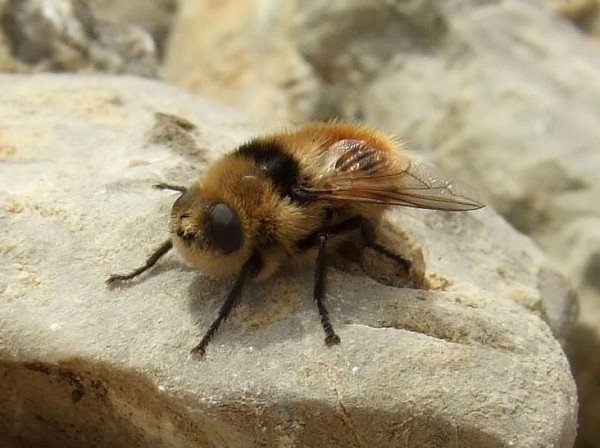If it buzzes, it’s a bother. While hornets might have the strongest sting, bot flies are probably the scariest as they are one of the rare species that become parasites to humans.
Bot flies, also known as warble flies, heel flies, gadflies, are in the family of Oestridae and Dermatobia hominis is the name of the species that latches onto humans, and it has a…








